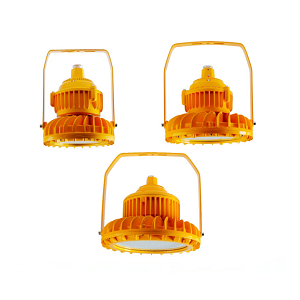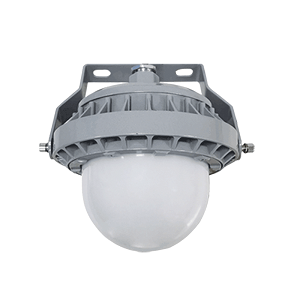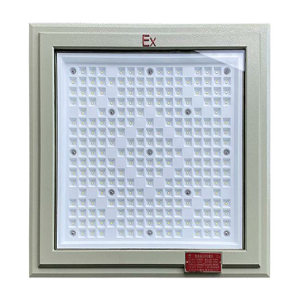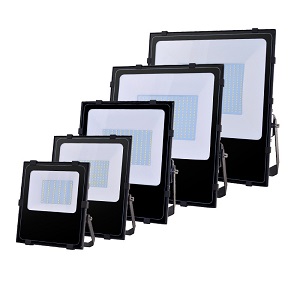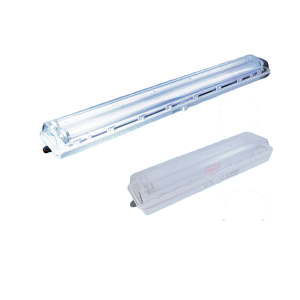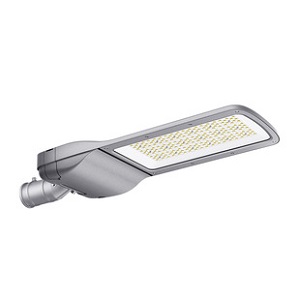Explosion proof torch light rechargeable in laboratory lighting: safety, precision and cleanliness in all aspects
Introduction: Laboratory Lighting Special Challenges and Core Requirements
Laboratory as the core place of scientific research and production, often involving flammable and explosive chemicals [such as ethanol, hydrogen], precision instrumentation and high cleanliness environment requirements.
Traditional lighting tools probably threaten the safety of experiments and data accuracy due to the potential risk of electric sparks, electromagnetic interference or cleaning difficulties.
Explosion proof torch light rechargeable with its intrinsically safe design, anti-static properties and easy to disinfect the characteristics of the laboratory into the storage of hazardous materials, equipment maintenance and emergency response fundamental equipment.
In this paper, in-depth analysis of Explosion proof torch light rechargeable in the laboratory scenarios, technical advantages, application practices and purchase strategy to help scientific research institutions and enterprises to implement safety compliance and efficient research and development.
First, the core pain points of laboratory lighting and Explosion proof torch light rechargeable to get the programme
1.1 Analysis of potential risks in the laboratory environment
Flammable and explosive risk: chemical storage cabinets, fume hoods volatile organic compounds [VOCs] concentration is high, ordinary torch sparks probably ignite the gas.
Electromagnetic interference sensitivity: Precision instruments [such as mass spectrometers, nuclear magnetic resonance equipment] are susceptible to electromagnetic radiation from lamps and lanterns, resulting in data deviation.
Cleanliness and disinfection requirements: biological laboratories need to avoid microbial residues on the surface of the equipment, the traditional tools are difficult to sterilise thoroughly.
Explosion proof torch light rechargeable targeted design:
Explosion-proof certification and intrinsic safety: Approved for Ex ib IIC T4 or ATEX certification, fully sealed construction eliminates electrical sparks and is suitable for Zone 1/21 hazardous areas.
Electromagnetic Compatibility (EMC) Improvements: Approved to EN 61326-1 guidelines, eliminating interference with precision instruments.
No dead space easy to clean design: 316L stainless steel unibody, IP69K protection level resistant to autoclaving and corrosive disinfectants.
Second, Explosion proof torch light rechargeable in the laboratory in the fundamental application of the scene
2.1 Hazardous chemicals operation and storage
Fume hood reagent mixing: explosion-proof design to protect ethanol, acetone and other solvents operating safety, red light mode to avoid strong light triggering photosensitive reactions.
Inspection between gas cylinders: anti-static coating eliminates the risk of static electricity ignition when hydrogen and methane are leaking.
2.2 Precision instrument maintenance and overhaul
Troubleshooting inside the equipment: magnetic base fixed on the metal frame, spotlight mode to accurately locate circuit board welding defects.
Darkroom or ultra-clean table operation: stepless dimming [1-1000 lumens] is suitable for microscopic observation, avoiding strong light interference with optical sensors.
2.3 Bio-safety laboratory applications
P2/P3 laboratory inspection: UV sterilisation compatible housing, no surface gap design to avoid microbial growth.
Low temperature cold storage lighting: low temperature resistant design [-30℃] to ensure the stability of lighting in the sample storage area, anti-condensation coating to prevent fogging of the lens.
2.4 Emergency Response and Accident Handling
Disposal of chemical leakage: SOS strobe marks the contaminated area, IP68 waterproof performance helps flushing and decontamination operations.
Power failure emergency lighting: ultra-long battery life [≥ 20 hours] to protect the fundamental experimental data backup and safe evacuation of personnel.
Third, how to choose a suitable laboratory Explosion proof torch light rechargeable?
3.1 Core selection indicators
Explosion-proof level and certification: Ex ib IIC T4 [gas explosion-proof] and Ex tD [dust explosion-proof] dual certification, covering the entire laboratory scene.
Cleanliness and protection performance: IP69K protection level, 316L stainless steel body, approved FDA/USP cleaning verification guidelines.
Brightness and Functionality: ≥ 800 lumens, with red light/UV auxiliary mode to avoid interference with sensitive experiments.
Battery safety and life: anti-overcharge / over-discharge lithium batteries, Type-C fast charging compatible with clean area charging pile, life ≥ 15 hours.
3.2 Special requirements of laboratory industry
Dust-free and anti-static design: surface resistance ≤ 10⁶Ω, in line with ISO 14644-1 cleanroom guidelines.
Sterilisation compatibility: Resistant to 75% ethanol, 3% hydrogen peroxide and UV cycle irradiation, no risk of material aging.
Fourth, Explosion proof torch light rechargeable future technology momentum
4.1 Intelligent and data interconnection
Environmental safety monitoring: integrated VOCs sensor, real-time synchronisation of gas concentration to the laboratory management system [LIMS].
Electronic lab record integration: scanning code binding equipment number, automatically associated with the inspection log and experimental batch data.
4.2 Green Design and Sustainability
Solar charging compatibility: the laboratory roof photovoltaic system power supply, the implementation of zero-carbon lighting.
Application of recyclable materials: medical-grade biodegradable plastics are used to reduce the pollution of experimental waste.
4.3 Human-computer interaction upgrade
Voice control function: Approve voice commands to switch modes when wearing sterile gloves to improve operation efficiency.
AR-assisted maintenance: connect smart glasses to project the three-dimensional structure of the equipment, real-time guidance for troubleshooting.
FAQ: Common problems about Explosion proof torch light rechargeable
Q1:What certifications are required for Explosion proof torch light rechargeable for laboratory use?
A1: ATEX/IECEx explosion-proof certification needs to be approved, EN 61326-1 EMC guidelines, biological laboratories require additional ISO 13485 medical device certification.
Q2: How do I clean the surface of the explosion-proof rechargeable flashlight?
A2: 75% ethanol can be used to wipe or 121 ℃ autoclave sterilisation [some models with the help of], avoid chlorine-based disinfectants to prevent corrosion.
Q3: Will the battery fail in the ultra-low temperature cold storage?
A3:Select wide temperature range lithium batteries [-40℃ to 60℃], and regularly check the power to avoid long-term low temperature storage.
Q4: Can Explosion proof torch light rechargeable be used in biological safety cabinets?
A4: Yes! You need to choose dust-free and anti-static models, and sterilise the surface before and after use to avoid cross contamination.


